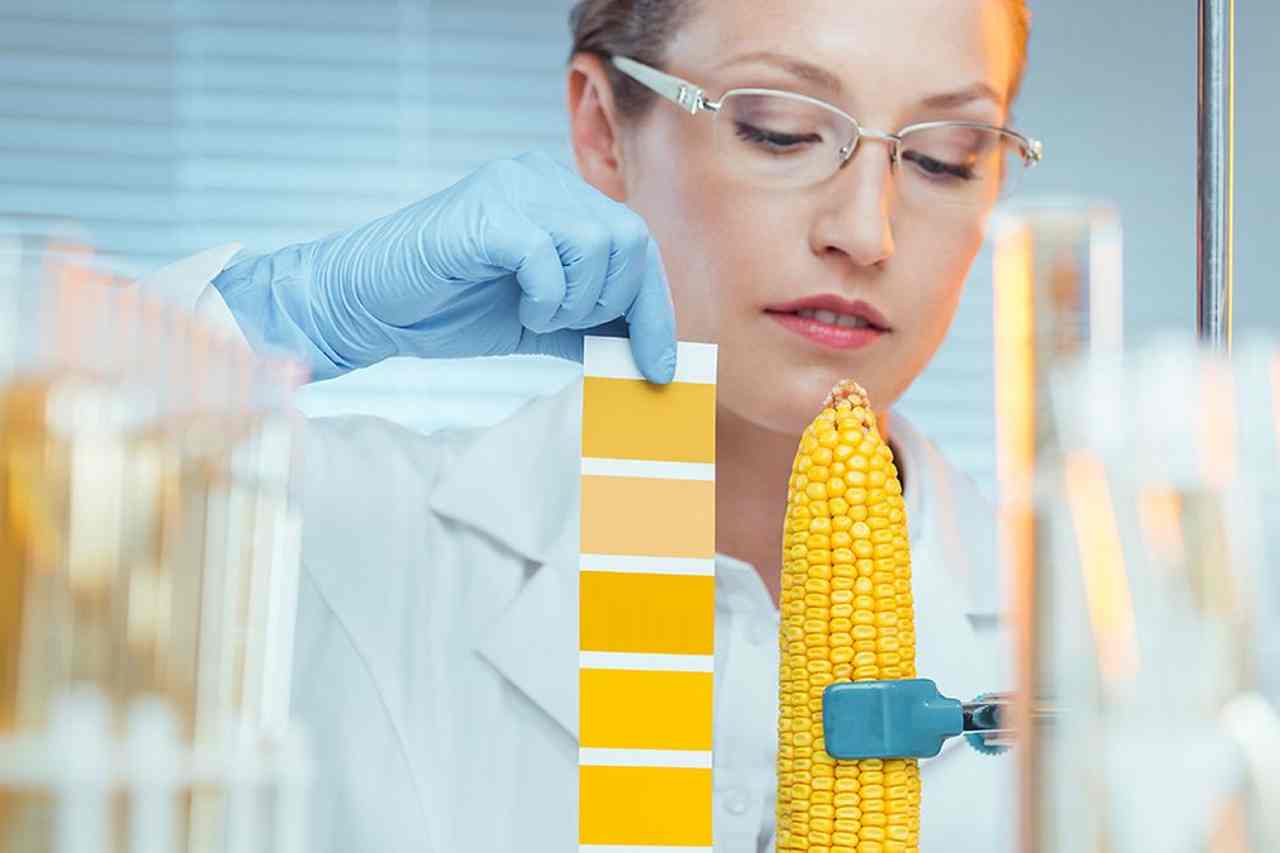So long as people have been mass-producing meals, we have been including preservatives into these meals as nicely. And never all of these components are innocent to our well being. In reality, it was rising considerations about what we had been ingesting — and in what quantities — that ultimately led to the formation of one of many largest American governmental companies, the Meals and Drug Administration.
However even with extra intense scrutiny and rules, stunning — and infrequently disgusting — stuff nonetheless is allowed into our meals daily. Scared but? For those who’re not, you is likely to be after this one. So seize a snack, in case you dare, and be a part of the fellows from Stuff They Do not Need You To Know as Ben Bowlin, Noel Brown and Matt Frederick chew on the historical past of the FDA and our meals system within the podcast A number of Terrifying Issues You Simply Ate.
Earlier than the 1906 Pure Meals and Drug Act was signed by President Theodore Roosevelt, there have been hardly any federal legal guidelines concerning the substances and labeling of meals and medicines within the U.S. State legal guidelines helped cowl some huge stuff, however folks had been nonetheless dying from authentic poisons, like radium, borax and arsenic, which had been present in on a regular basis meals and drugs.
The Pure Meals and Drug Act led to the formation of the Meals and Drug Administration, and it was all due to a scientist named Harvey Washington Wiley. He carried out research with 12 male volunteers who agreed to straight-up poison themselves with poisonous substances. Wiley recreation the boys (he dubbed them his Poison Squad) larger and better doses till they obtained sick, thus discovering the brink for a way a lot poison our meals might comprise earlier than they begin harming us. Wiley referred to as these poisoned meals "hygienic desk trials" and used the findings and a robust advocacy community to lastly get federal rules put in place.
In the present day, the Meals and Drug Administration is a large group, monitoring round $1.5 trillion value of medical merchandise, meals and tobacco; that equals about 20 cents of each single greenback spent by shoppers in the US. So naturally, it is topic to a number of conspiracy theories. In different phrases, some assume the FDA would not regulate strictly sufficient, and others really feel it regulates an excessive amount of.
Living proof: Dietary dietary supplements. They are not regulated by the FDA. Why not? Many imagine that natural cures can remedy ailments like most cancers, however the FDA chooses to not approve them as a result of the FDA is in mattress with the pharmaceutical business. The pondering is that the FDA is purposely railroading analysis into these dietary supplements with a purpose to drive shoppers into shopping for pharmaceuticals.
However others imagine that logic is harmful. And the truth that dietary dietary supplements are allowed to flourish with out FDA approval, has led to loads of deceptive pseudoscience.
However in relation to meals, there’s nonetheless a shocking quantity of gross — and, sure, toxic — stuff that will get added to our meals to today. And that features each home and imported meals which have higher regulation from the FDA.
For instance, the whitening agent present in bread that can also be used to make yoga mats? It is nonetheless frequent in the US although the World Well being Group linked it to elevated threat of respiratory issues and pores and skin irritation. And bear in mind Olestra, that fat-free, cholesterol-free cooking oil substitute present in potato chips and frozen yogurt? It was purported to be one of the best factor since sliced bread however as a substitute it brought about nasty digestive points and was named considered one of Time journal’s Worst Innovations for 2010. It is nonetheless accredited to be used by the FDA.
Oh yeah, and synthetic meals colorings are present in tons of our meals, from salsa to soda to salmon. They had been initially created from coal tar however at present most artificial meals dyes are derived from petroleum, or crude oil. Does not sound like one thing you’d wish to ingest does it? At the moment the FDA nonetheless approves 9 artificial colours for meals made from crude oil.
However that is not all. What about what our meals ingests, like antibiotics and hormones given to cows, or arsenic in rooster feed? Does which have a detrimental impact on our well being? In spite of everything, you’re what you eat, proper?
For those who stopped munching on that snack you fastened while you first began studying this, we do not blame you. If not, then go forward and hearken to all the podcast to see what else Matt, Ben and Noel must say about what might be lurking in no matter you are consuming.







